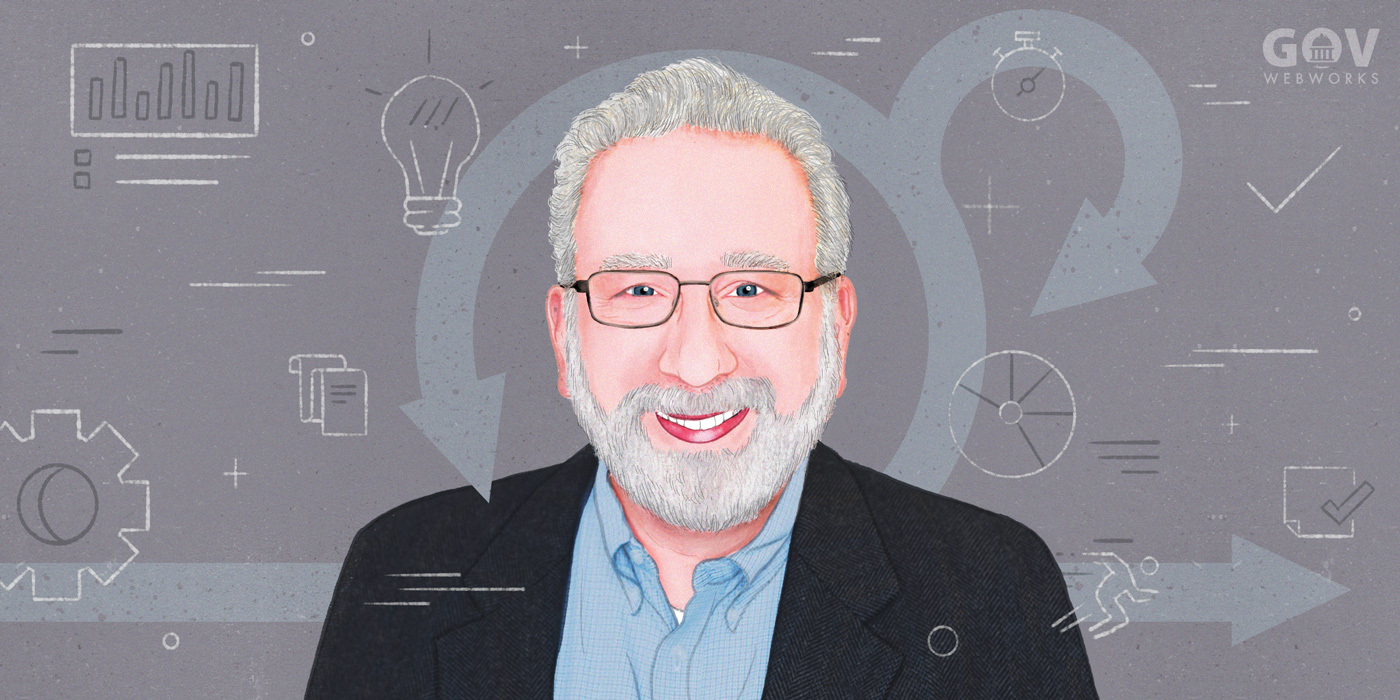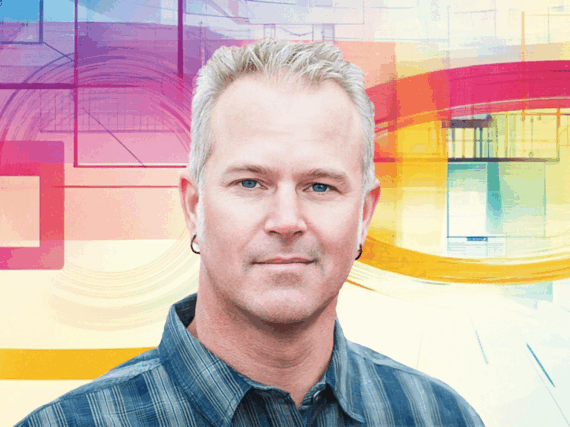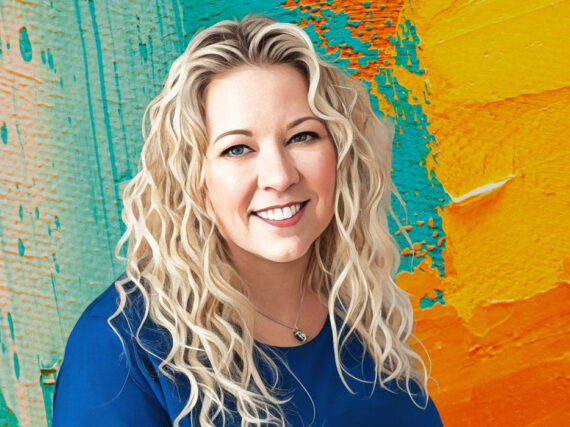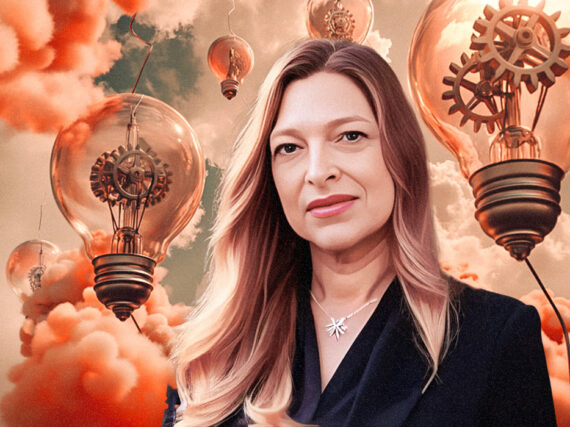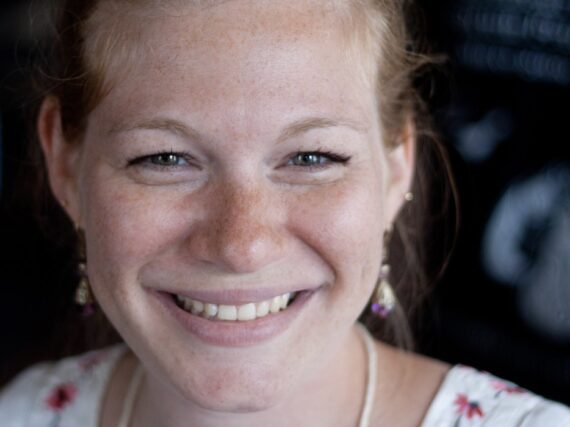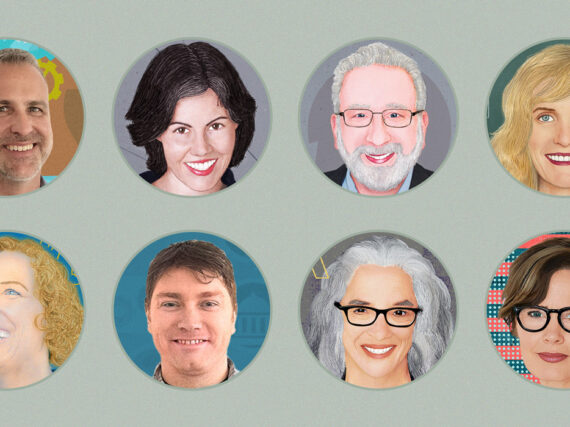It was after publishing his most recent book, Extraordinarily Badass Agile Coaching, that author Bob Galen realized agile coaching skills aren’t just for agile coaches, rather, everyone can benefit from them.
“The communication, negotiation, and listening skills used by an agile coach can complement anyone and make them better at what they do,” he says.
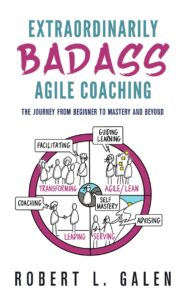
During his two and a half decades as an agile coach and mentor, Bob has helped many companies and leaders with their agile adoption. He’s also the author of three previous books on agile, a member of the Agile and Scrum alliances, and principal at Agile Moose, his consulting firm, from Cary, NC.
We asked him for some tips on how to lead by example and become an everyday agile coach.
How can everyone be a coach?
Coaching and leadership are inside-out jobs. When we talk about the postures of coaching, in the middle of the Agile Coaching Growth Wheel is self-mastery, which is about owning your awareness, growth, and presence. It’s the hub of everything.
I’ll argue that learning self-mastery will make anyone a better person, leader, or coach advisor.
The professional coaching stance reminds us that you are not responsible for changing another person, that person is responsible for changing him or her self. All you can control is your own mindset and self-mastery. Being intentional about how we show up is our main job. The impact you have is in the questions you ask to guide the coaching conversation and in meeting the person with respect and empathy.
What do you mean when you say that everyone can be a leader?
I’m not trying to negate official org charts, I’m saying leadership isn’t based on a job description, title, or your experience. Instead, it’s a posture or an attitude. You are a leader in your role modeling because people are paying attention to how you show up. I like to call it a small-l leader.
For example, if you’ve been a developer for 10 years, you have tremendous influence because of your experience. If you come in grousing or rolling your eyes, people notice. By the same token, you can be the lowliest developer on a team and influence the CEO positively or negatively by your behavior. So, let’s take ownership for that.
Which coaching skills can make the most impact?
There’s something we call meta skills, or the mindset that you bring to a coaching engagement. Examples are respect, curiosity, courage, and playfulness. One of the cool things about meta skills is that the ecosystem reflects them back. If I show up with curiosity and playfulness, my coaching client very often will also be more playful and curious.
Some agile coaches may shake hands and smile, but have distain or lack of respect underneath. It’s the same for a leader meeting with someone on their team, they might be nice and kind on the surface, but underneath they are thinking about their next meeting, not being fully present, or hoping to leave early to play golf. What happens in both cases is that it creates negativity. The coach or leader is actually contributing to the lack of receptivity by showing up with negative meta skills and mindset.
I encourage anyone to control your mind and be aware of your coaching presence. Depending on your client’s needs, put on different meta skills and see what happens. Just run the experiment. You will see an immediate difference. The world reflects back what you give it.
Why is modeling important?
A lot of people say they are such-and-such, but what is their mindset underneath? They say, I’m a servant leader. But do you walk your talk and model that behavior? Everyone says they are humble. Look inside yourself and ask, are you really humble? Everyone says it’s about the client, it’s easy to say that. When you talk to the client, are you really there to serve them?
If your behaviors align with what you are espousing, you will get good results. Modeling, and backing it up with your actions, trumps everything else. To the degree that you do it, it will increase your effectiveness as a coach.
How do you create accountability?
You can’t create accountability by telling people what to do. Putting on the mindset of a coach means you let go of the outcomes. You step back and honor the client’s objectives, goals, and agenda.
You let the coaching journey take care of the outcomes. It’s important to meet people where they are, not where you want them to be. Ask them for their agenda, then help them take a step forward on their own terms, and another step, and so on. You are serving them. And that changes the dynamic of how to partner with someone and not get frustrated. It isn’t about us. Determine what they want to do, then help guide them to achieve their own goals. The pace is their pace. If they determine that they need to be more accountable, help them with that.
Can communication models help?
Crucial conversations and radical candor are two communication models, but I’ve found that the training and the model is only 10-20 percent of the effort. The hard part is actually doing it. What I find is many leaders avoid those conversations like the plague. It’s not a skill problem, but often more of a will problem because it takes so much energy and time to really engage in that crucial conversation. One, there’s a fear of how much time it will take, because it can take time to coach someone to higher performance. Two, there’s a hope for someone else to have that conversation.
Everyone on the team should be giving peer-to-peer feedback, but the leader still needs to initially set the tone by modeling that. Modeling, and then encouraging it when you see it happening in others.
That makes it safe to give feedback to each other, including to the leader.
Why do leaders need to ask for feedback?
When Harvard Business Review did a survey on the self-awareness of leaders, most leaders responded that they think they are self-aware, but most of the folks in their organizations did not think those leaders were self-aware. There was an 80 percent gap, which means 8 out of 10 people didn’t have a clue about how they were perceived. So how do you narrow that gap? Become a feedback sponge, ask for and embrace that feedback so you can narrow that gap with yourself. It’s not just receiving it, but giving it, it’s reciprocal. We always talk about constructive feedback, but I’ve found that it’s just as challenging to give positive feedback. Part of doing agile is creating an environment where both kinds of feedback are happening in both directions.
The leader can ignite the change in the landscape by actively giving and taking feedback. But beyond asking for it, how do you internalize it, how do you take action on it, and do you change your behavior? Those three things are crucial. If it’s safe to give a leader feedback, it makes a difference.
I’ve been known to hi-five people who give me hard feedback. I’m not faking it; I get excited about someone telling me something that’s a blind spot. I’ve been running around for 10 years not realizing this, so thank you for that gift you just gave me. It’s gold to me.
Can you give an example of how feedback has helped you?
One client said to me, “You’re a coach who just wrote a book and you can do certain things because you have that privilege, but that won’t work for me because I’m not that person.”
The feedback reminded me that part of meeting people where they are is realizing that they are not us and that their privilege is different from ours. Leadership happens when you become self-aware of your privilege. When I have self-awareness of what I’ve gained from my agile coaching and leadership experiences, I can share my privilege by mentoring and coaching others.
For example, as a parent, we have the privilege of our experience, but we can’t project that onto our children with advice, we can only be self-aware of our privilege. If you can be self-aware of how people view you, their perception of you, that will help them to learn to be self aware of their own privilege.
What do you mean by privilege?
It sounds big, like privilege with a big P, but we can bring it down to ourselves, dig into it and realize there’s a lot of privilege to go around, and be grateful for what we have. So, first, see your privilege, next have gratitude for it, and then think about how you want to share it. Remember, it’s important to be intentional about what you want to leave behind…your legacy.
Learn more
- Find Bob Galen at rgalen.com
- Read Bob’s blog at agile-moose.com
- Listen to Bob’s podcasts at meta-cast.com
